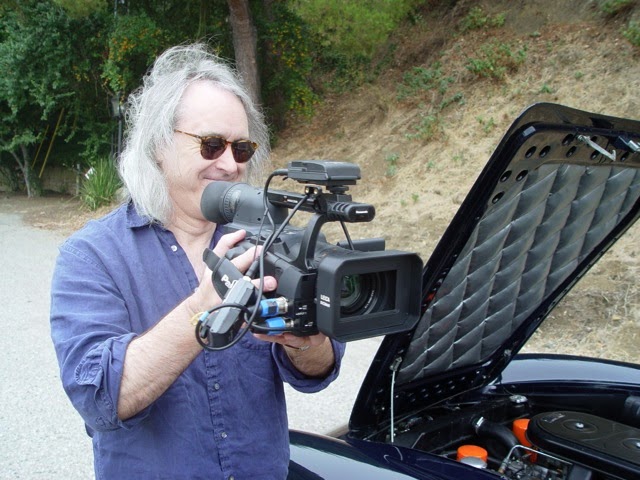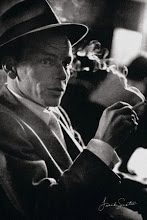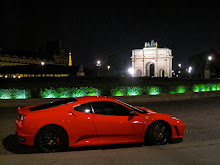
In the sixties, Ferrari and Maserati stood side-by-side as the premier high performance brands on the automotive market. They both featured stylish bodies sculpted by Italy's top design houses--Pininfarina, Touring, Vignale, et al--with plush, leather interiors and performance that represented the top level for the time. They looked and sounded exotic and offered a romance stemming from successful racing histories. Both brands were associated with winning at the highest levels of Formula 1 and sports car racing driven by the best drivers in the world.
Only one thing separated the two brands in terms of their offerings and the distinction sealed the fate of both brands. Maserati offered two engines: a twin-cam straight six and a twin-cam V8. Ferrari offered one: a single-cam V12. Compared to the Ferrari engine that produced a sound that is arguably the most exciting an engine ever made, the straight six from Maserati was dated and sedate. The V8, though more exciting and modern than the six, was only offered in a four-door model or in specially ordered sports cars that were rare, expensive and not part of regular production. As a result, Ferrari dominated the market and Maserati, in spite of its glorious provenance, succumbed and suffered multiple and futile attempts to redeem and revive the brand.
Only one thing separated the two brands in terms of their offerings and the distinction sealed the fate of both brands. Maserati offered two engines: a twin-cam straight six and a twin-cam V8. Ferrari offered one: a single-cam V12. Compared to the Ferrari engine that produced a sound that is arguably the most exciting an engine ever made, the straight six from Maserati was dated and sedate. The V8, though more exciting and modern than the six, was only offered in a four-door model or in specially ordered sports cars that were rare, expensive and not part of regular production. As a result, Ferrari dominated the market and Maserati, in spite of its glorious provenance, succumbed and suffered multiple and futile attempts to redeem and revive the brand.
When developing a brand strategy, one must first focus on the exclusivity of the offering. In the case described above, Ferrari's exclusivity was that magnificent V12 engine. Then, one turns the attention on the market. What prompts the client to make the purchase? There are a number of reasons a client would want to buy a Ferrari or Maserati--style, prestige, personal positioning--but the overriding consideration was and is excitement. Had Maserati correctly assessed the situation, they would have dispensed with the old six and offered only the V8 while developing a V12 of their own--something Lamborghini did in later years to compete with Ferrari.
This thought process should be applied whether the brand is a person or a product.
























































No comments:
Post a Comment